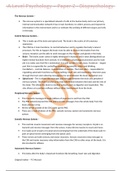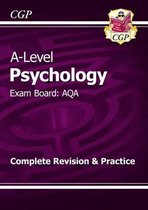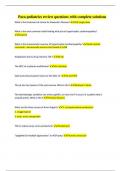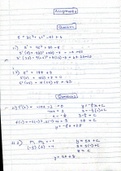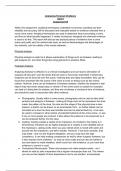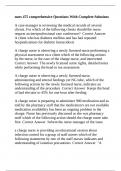College aantekeningen
A Level Psychology (AQA) - Paper 2 - Biopsychology Revision Doc
- Vak
- Instelling
- Boek
A Level Psychology - Paper 2 - Biopsychology Revision Document Includes; The Nervous System (CNS & PNS), Endocrine System, Responses to Stress, Neurons & Synaptic Transmissions, Ways of studying the brain, Localisation and function of the brain, Plasticity and Functional recovery of the brain, Hem...
[Meer zien]
